Deepak Kumar Gupta
Improving Solar Cell Metallization Designs using Convolutional Neural Networks
Apr 08, 2021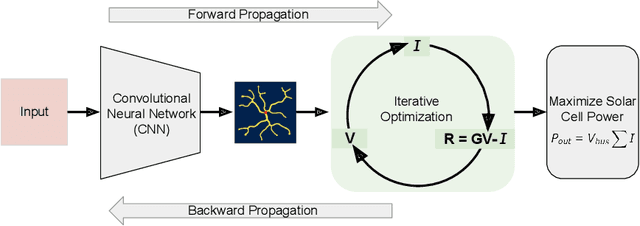
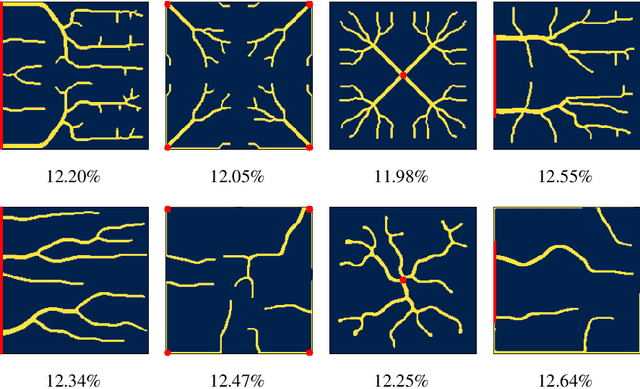
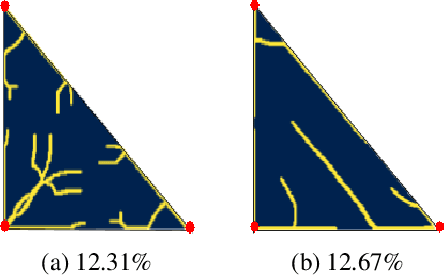
Abstract:Optimizing the design of solar cell metallizations is one of the ways to improve the performance of solar cells. Recently, it has been shown that Topology Optimization (TO) can be used to design complex metallization patterns for solar cells that lead to improved performance. TO generates unconventional design patterns that cannot be obtained with the traditional shape optimization methods. In this paper, we show that this design process can be improved further using a deep learning inspired strategy. We present SolarNet, a CNN-based reparameterization scheme that can be used to obtain improved metallization designs. SolarNet modifies the optimization domain such that rather than optimizing the electrode material distribution directly, the weights of a CNN model are optimized. The design generated by CNN is then evaluated using the physics equations, which in turn generates gradients for backpropagation. SolarNet is trained end-to-end involving backpropagation through the solar cell model as well as the CNN pipeline. Through application on solar cells of different shapes as well as different busbar geometries, we demonstrate that SolarNet improves the performance of solar cells compared to the traditional TO approach.
Email Classification into Relevant Category Using Neural Networks
Feb 12, 2018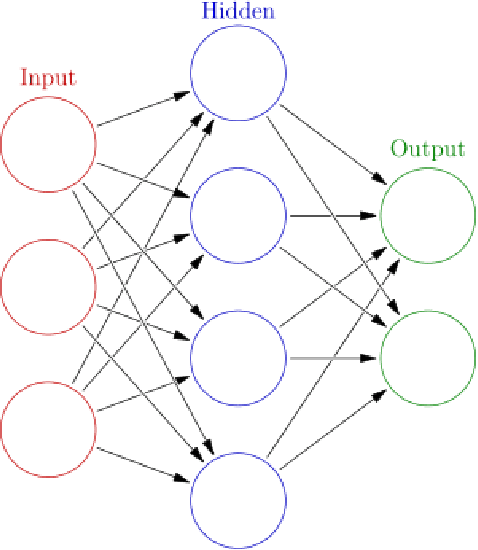
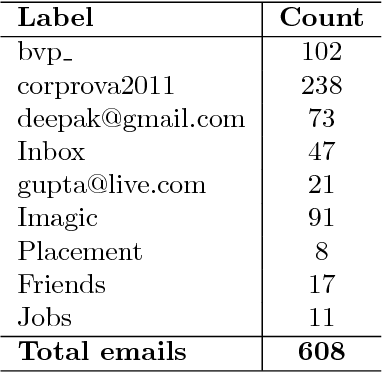
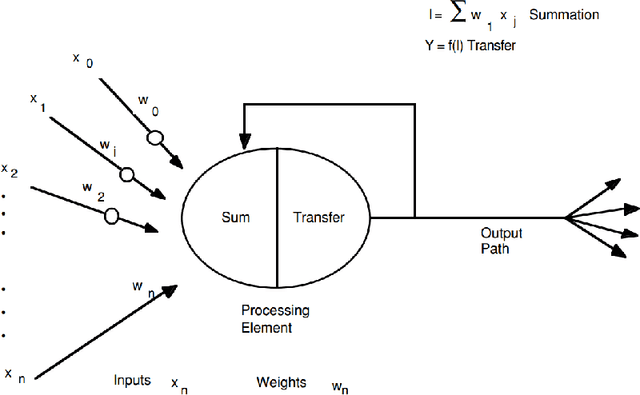

Abstract:In the real world, many online shopping websites or service provider have single email-id where customers can send their query, concern etc. At the back-end service provider receive million of emails every week, how they can identify which email is belonged of a particular department? This paper presents an artificial neural network (ANN) model that is used to solve this problem and experiments are carried out on user personal Gmail emails datasets. This problem can be generalised as typical Text Classification or Categorization.
 Add to Chrome
Add to Chrome Add to Firefox
Add to Firefox Add to Edge
Add to Edge